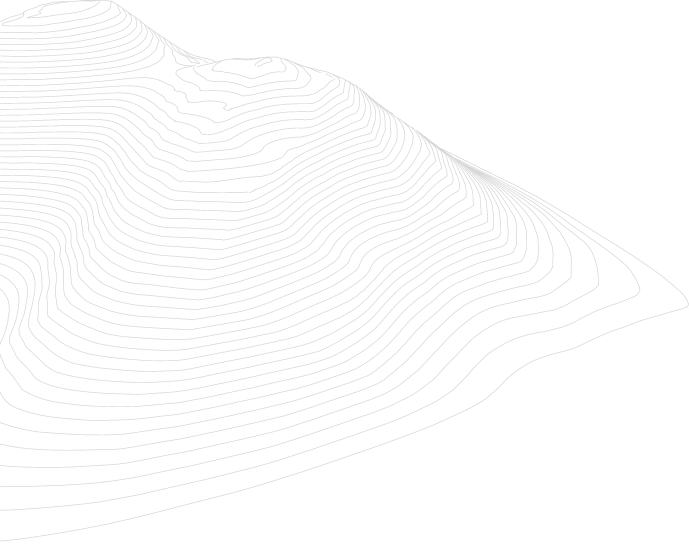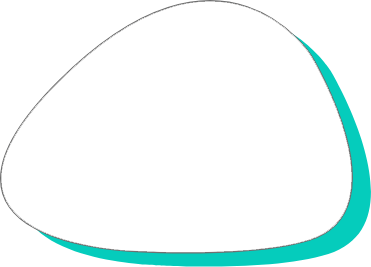
Founded in 2004, iSURVEY is a leading provider of survey and positioning services to the global oil and gas, offshore renewables and telecommunications markets. Started by seven ex-colleagues in Oslo, Norway, today iSURVEY operates bases in Norway, Singapore and the UK, and employs over 100 people. The company offers deep expertise in geologic surveys, rig positioning, marine construction and cable installation to a diverse and global client base.
A viable alternative to top-side processing
iSURVEY acquired its first R2Sonic multibeam echosounder over a decade ago. Kenneth Leverskjær, Project Manager at iSURVEY, explains what first drew the company to R2Sonic: “In 2008-2009, due to the needs of a client that maintained subsea cables, we began looking into multibeam sonars. We needed to know how deep the cables were buried, and to have a better reference of the seabed. When we saw the Sonic 2024, we were instantly interested – primarily because the processor unit was not top-side, but rather subsea, which met the requirements of the remote vessel to fit the multibeam echosounder. In fact, R2Sonic was the first one on the market with such a sonar.”
“One of the first tests we did was on a rented Sonic 2024,” Leverskjær continues. “We ran the sonar tethered to a hundred-megabit Ethernet line, which was very easy to interface with our subsea vehicle. That test was done in something like five minutes – because everything was working! That was when we decided to start buying our own R2Sonic multibeam. Today, we have seven or eight R2Sonic sonars. It’s much more convenient to have the same brand of everything – so that everything is the same. It just works. Everybody knows how to operate them.”
Leverskjær goes on to explain that when they operate in high-fly mode, or put the multibeam sonar on a surface vessel, they use the quad mode of the Sonic 2024 which offers high resolution and increased density of soundings. “We use the quad mode quite often”, he says.
Clean data, rapid processing
Leverskjær explains that clean data is a must for iSURVEY: “With the R2Sonic multibeams, there generally isn’t much noise in the data we get, even though we survey a lot of trenches and need to handle changes in topology.
I think as long as you are collecting good data, which we are with the Sonic 2024, any project is a success.”
Leverskjær highlighted the importance of good synchronization and communication between the different sensors needed for a hydrographic survey. In this regard, Leverskjær and his team make increasing use of Integrated Inertial Navigation System (INS), to help provide accurate and robust geo-referencing and motion compensation. “We use the INS more and more, because it improves the data quality we need and reduces processing times. It just makes our lives easier.”
“With the R2Sonic, it is easy for us to do post-processing,” Leverskjær concludes, “because you don't end up with artifacts on the seabed. With the Sonic 2024, we get very high-quality multibeam data.”
A Survey Company’s Growth built on R2Sonic Innovation
Bremen Ports
- 1
- 2




R2Sonic Multibeam Echosounders

